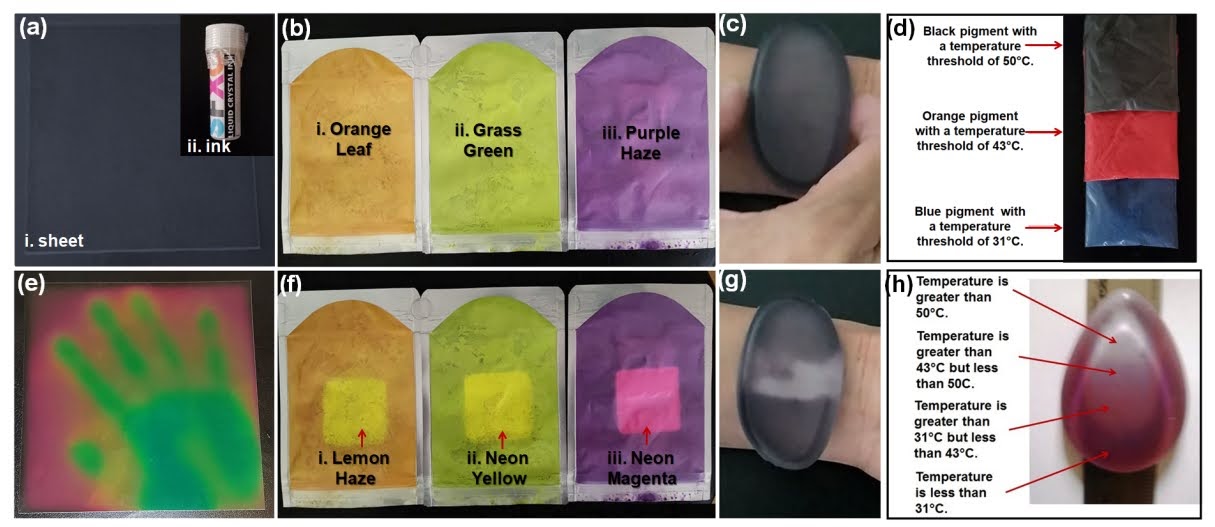A new sensor that mimics the automatic human reaction to heat could assist with the future development of soft robots and is being hailed as a world first.
The device has been built by a team from Liverpool Hope University, who said it’s the first sensor that can trigger this ‘sensory impulse’ that the robotics community has yet seen.
The findings published in the IEEE Sensors Journal show that the system is robust enough it can measure temperature changes of 30oC per second – similar to how someone might quickly pull their hand away from the threat of being burned.
The team believe the wireless, Wi-Fi enabled sensor could have numerous real-world applications, from space exploration to surgical procedures – and even creating ‘thermo-sensitive soft robots in the near future’.
Lead author Alexander Co Abad, of Hope’s School of Mathematics, Computer Science and Engineering, said: “This feature could be useful for soft robots to act equivalent to humans’ withdrawal reflex in touching hot surfaces in search and rescue, industrial applications, and space explorations.”
In giving robots a real ‘sense of touch’, it makes them even more adept in complex environments. Abad, added: “Although psychologists often state that vision is the main way humans obtain information from the environment, when visual perception is impaired, haptic perception is the natural recourse.
“Even if vision is not impaired, the sense of touch often works in conjunction with visual perception.”
At the heart of the work is what’s called a ‘GelSight’ sensor – something first invented by experts at the Massachusetts Institute of Technology in 2009 and which provides a detailed visual 3D ‘topography’ of any surface by processing ‘touch’ information.
It’s essentially a high-tech ‘mirror’ that provides digital feedback according to what it touches by way of a sensor and camera. Previous studies have shown how a GelSight sensor can help a robotic arm to grip objects more efficiently.
Abad and his colleagues created their own, ultra low-cost version of a GelSight sensor using a £1 cosmetic pad – the sort used to apply make-up – which means the tech is highly accessible to a whole host of different fields.
This new research focused on adapting the GelSight sensor to react to extreme heat. It did so through use of so-called ‘thermochromic’ paint, which changes colour in response to temperature changes but reverts back to normal once exposure to varying temperatures has been removed.

Additionally, this new sensor was ‘improved’ to the point where it could detect all three ‘Haptic Primary Colours’ – ie, force, temperature and vibration – such as being able to record someone’s pulse (shown in the below video).
Abad explained: “Moreover, we demonstrated that we could easily sense temperature using the hue value by using different colours and layers of thermochromic pigments with varying thresholds of temperature on the reflective coating.”
Describing how the sensor can ‘mimic the rapid temperature changes equivalent to the withdrawal reflex of humans’.
Abad added: “This thermosensitive visuotactile sensor is the first monolithic elastomer temperature sensor and can be used to infer tactile forces based on the mechanical deformation of the gel.
“We were able to measure a response time of 643 ms for cold to-hot and hot-to-cold. The rapid temperature response of our visuotactile sensor is comparable to the less than one second time withdrawal reflex response of the human autonomic system to extreme heat.”








